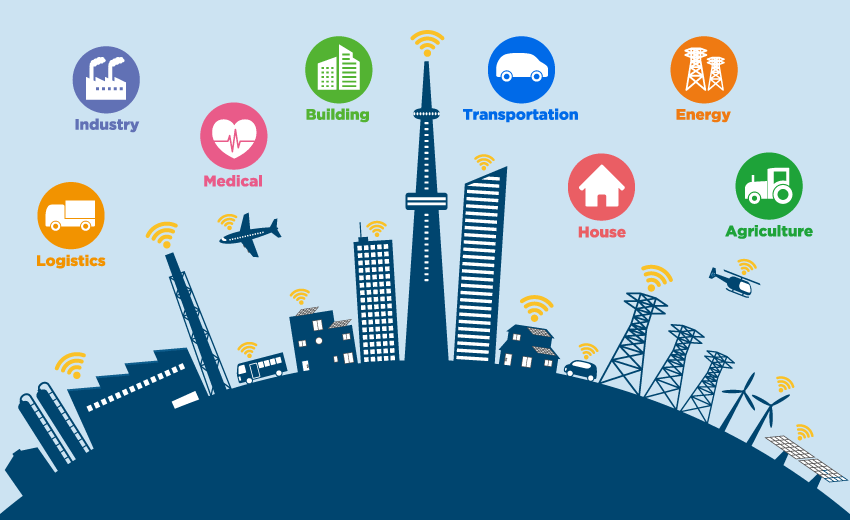Why Pedestrian Smart Safety Should Be a Priority
Smart cities often prioritize autonomous vehicles, data hubs, and connected buildings. However, pedestrian smart safety deserves equal attention. In walkable urban environments, tech-enabled solutions can prevent accidents, improve accessibility, and reduce carbon emissions — all while fostering healthier communities.
Despite advancements in mobility and infrastructure, pedestrians remain vulnerable. In many regions, urban planning has long favored cars, leaving foot traffic as an afterthought. Fortunately, a new generation of smart technology is stepping in to bridge this gap.
Tech Innovations Enhancing Pedestrian Safety
Sensor-Activated Crosswalks
Cities like Barcelona and Dubai are implementing crosswalks embedded with motion detectors and LED alerts. These systems detect approaching pedestrians and vehicles, signaling both in real time. Not only do they reduce collisions, but they also work well during low visibility.
AI-Powered Traffic Monitoring
Artificial intelligence can now predict traffic patterns, helping city managers optimize pedestrian pathways. When combined with CCTV and real-time traffic feeds, AI enables faster response to potential hazards like jaywalking, congestion, or traffic signal failures.
Smart Lighting and Environment-Aware Zones
Smart lighting that adjusts based on movement improves visibility for walkers at night, reducing risks. Some systems also integrate air quality sensors, rerouting pedestrians through cleaner paths. This dual function boosts pedestrian smart safety and public health.
Inclusive Design Through Technology
Assistance for Visually Impaired Pedestrians
Many cities are piloting audio-enabled beacons and tactile paving that interact with smartphones or wearables. These technologies allow users with disabilities to navigate crosswalks, intersections, and sidewalks with greater independence.
Data-Driven Urban Planning
Urban analytics platforms — including those offered by players like MTi Arabia — use sensor data to map pedestrian movement. This data informs the design of wider sidewalks, shaded walkways, and safer intersections, all backed by real-world usage patterns.
Global Trends in Pedestrian-Centric Smart Cities
Middle East and North Africa (MENA)
Across the MENA region, walkability is gaining traction. Riyadh’s King Abdullah Financial District and Abu Dhabi’s smart street trials incorporate pedestrian-focused features like real-time wayfinding and responsive signage.
Asia and Europe
In Tokyo, sensors in the pavement collect crowd data to prevent congestion during peak hours. Meanwhile, Scandinavian cities use geofencing to alert drivers when pedestrians enter crosswalks.
The Road Ahead: Safer Cities for Everyone
Pedestrian-friendly cities are more livable, inclusive, and sustainable. While infrastructure investments remain important, smart technologies can amplify these benefits. By embedding pedestrian smart safety into the core of smart city planning, we protect citizens while promoting greener, people-first mobility.
It’s time for cities to reimagine urban space — not just for cars or tech, but for those walking it every day.
Explore how MTi Arabia can help you leverage these trends to revolutionize your city. Contact us here.



